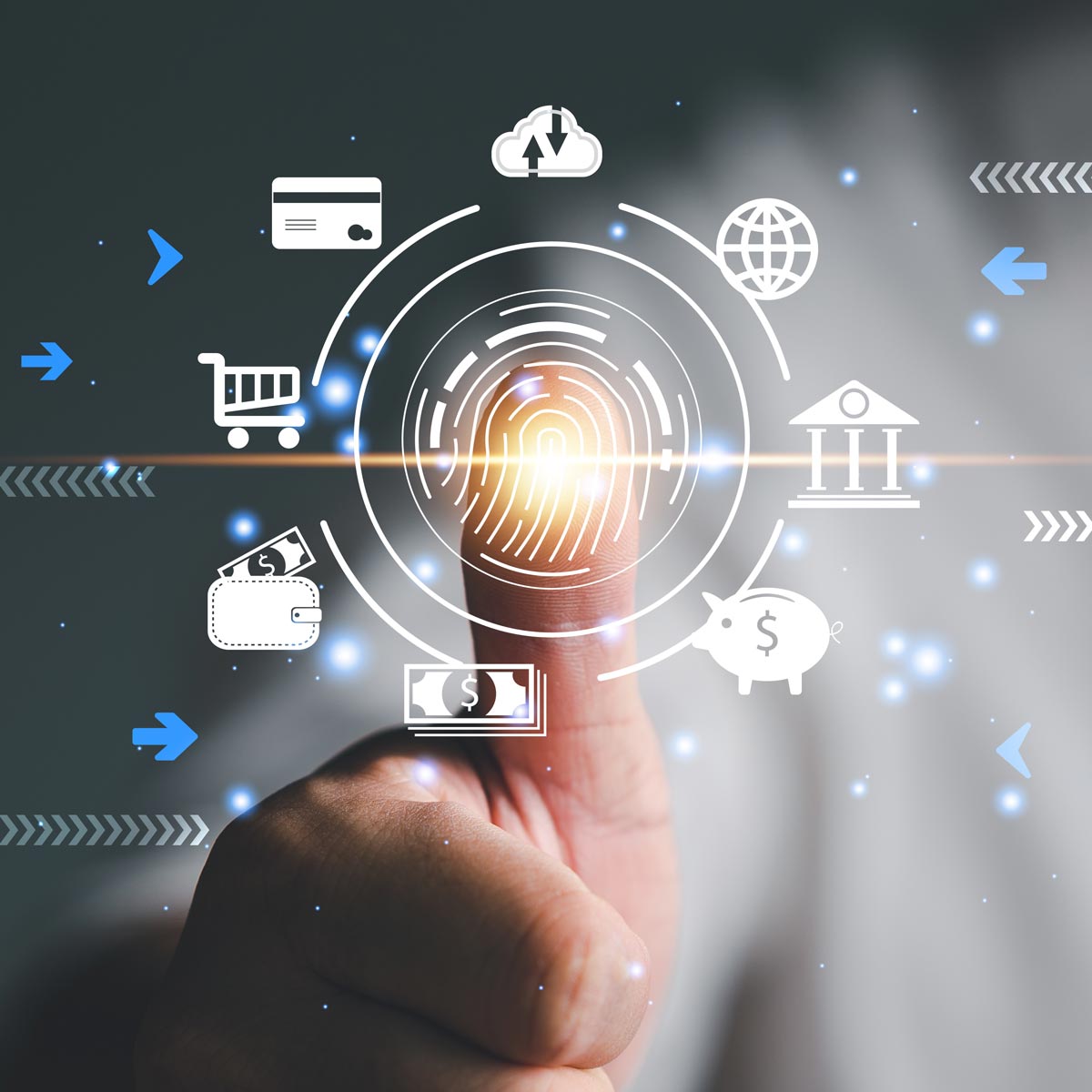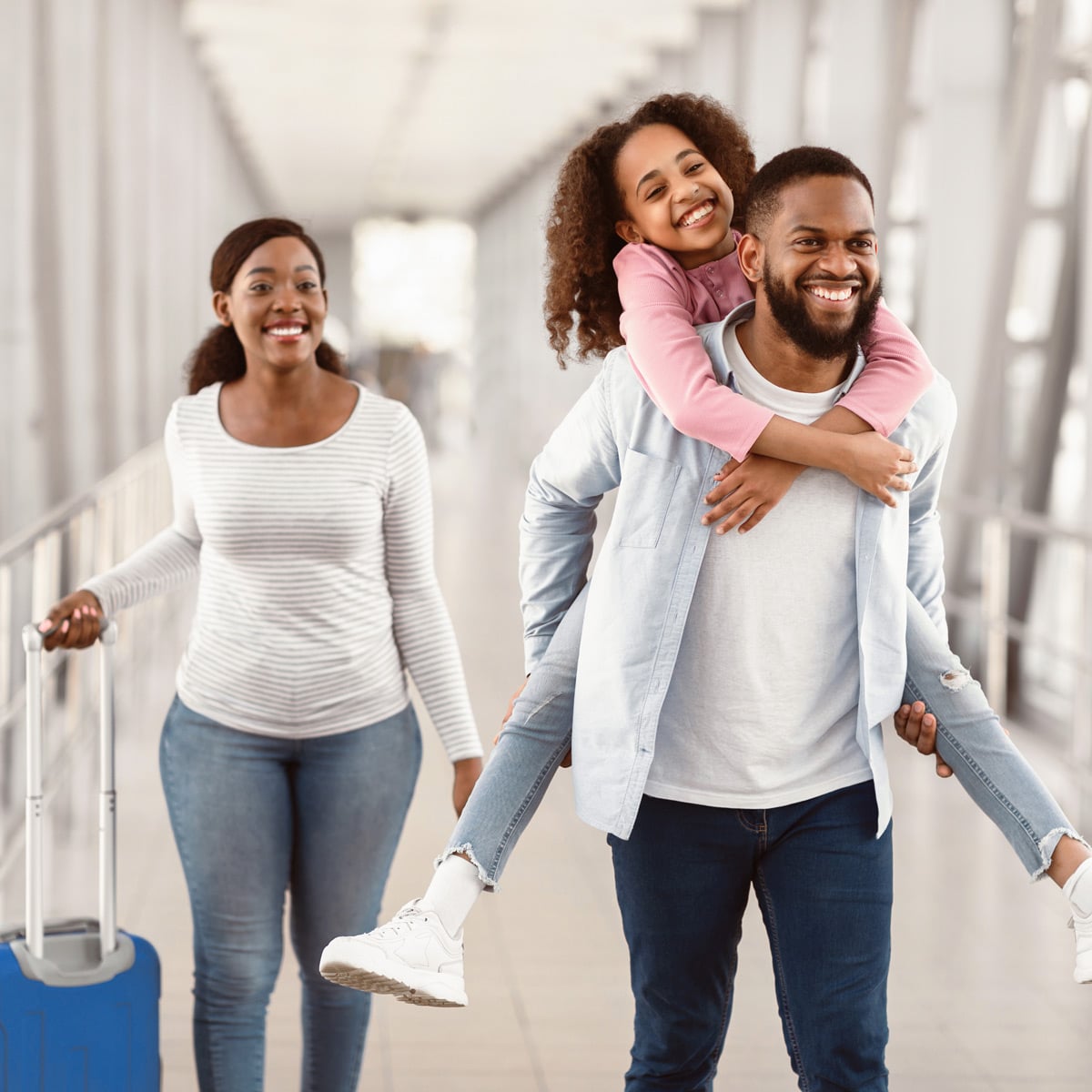In today’s fast-paced digital world, organizations are constantly searching for innovative ways to attract and retain customers. One such powerful tool is biometrics. By leveraging biometric technology, businesses can offer enhanced security, improved customer experiences, and streamlined processes that will keep existing customers coming back for more, while also helping to attract new ones. So, what’s important to know about biometrics and how it can be implemented to win more customers?
Understanding Biometrics
Biometrics refers to the use of unique physiological or behavioral characteristics to identify and verify individuals. Common biometric modalities include fingerprints, facial recognition, iris scans, voice recognition, or even behavioral patterns like typing rhythm.
How are organizations using this tech to make their customers happy?
#1 By Enhancing Security
One of the primary reasons customers are drawn to businesses that use biometrics is the promise of enhanced security. Traditional methods of authentication, such as passwords and PINs, are vulnerable to hacking and can be easily forgotten or stolen. Biometrics, on the other hand, offer a higher level of security because they rely on unique physical attributes that are difficult to replicate or forge.
For example, banks and financial institutions that implement fingerprint or face recognition for account access can assure their customers that their financial information is protected by state-of-the-art technology. This level of security builds trust and confidence, making customers more likely to choose these institutions over competitors.
#2 By Improving the Customer Experience
Biometrics can significantly improve the overall customer experience by making interactions faster and more convenient. In a world where time is of the essence, customers appreciate services that are quick and hassle-free. A few ways biometrics can enhance customer experience include:
Faster Transactions: Biometric authentication can speed up transaction times by eliminating the need for passwords or PINs. Customers can quickly access their accounts, make payments, or complete purchases simply by authorizing with a facial recognition scan, for example.
Seamless Access: Biometric systems can provide seamless access to secure physical locations or digital platforms. For example, gyms can use biometric access control for member entry, reducing the need for membership cards and ensuring that only authorized individuals can access the facilities.
Personalization: Biometric data can be used to personalize customer interactions. For instance, retail stores can use facial recognition to identify loyal customers as they enter the store, allowing staff to provide personalized recommendations and offers based on their previous purchases – or to push customized recommendations to online shoppers.
#3 By Streamlining Processes
In addition to enhancing security and customer experience, biometrics can streamline various internal and external organizational processes, leading to increased efficiency and cost savings. A few examples include:
Secure Access Control: Organizations can implement biometric access control systems to secure sensitive areas within their premises. This not only enhances security but also reduces the need for physical keys or access cards, saving budget in the long run.
Remote Services: With the rise of remote work and online services, biometrics can enable secure remote authentication. This is particularly useful for industries like healthcare, where patients can access telehealth services securely using biometric verification.
Employee Authentication: Biometric systems can simplify employee authentication for time and attendance tracking. This reduces the risk of time fraud and ensures accurate payroll processing.
Successful Implementation of Biometrics
To illustrate the benefits of biometrics, here are a few examples of how this tech can be applied in different industries to attract and retain customers:
Financial Services: In the financial sector, biometric authentication can be implemented for secure access to online banking and mobile apps. By using fingerprint or facial recognition, banks can provide their customers with a fast, secure, and convenient way to access their accounts. This reduces the risk of fraud and enhances customer trust. Additionally, biometric ATMs can offer a more secure and user-friendly experience, making customers feel more confident in using their bank’s services.
Online Gaming/Gambling: For online gaming and gambling platforms, biometrics provide a more efficient identity verification experience for players while still meeting compliance requirements. Using face recognition, for example, can streamline the login and transaction process, making it easier and faster for players to access their accounts and start playing, improving overall user experience (and reducing the number of abandoned carts).
Physical Access Control: In corporate offices, biometric access control systems can be used to secure entry points and restricted areas. Technology like face or voice recognition can ensure that only authorized personnel gain access to sensitive areas, improving overall security. This can lead to higher employee satisfaction and productivity, as they feel more secure and experience less hassle with physical keys or access cards. Additionally, businesses can use biometrics to track employee attendance more accurately, reducing the risk of time fraud and improving payroll accuracy.
Overcoming Challenges
While the benefits of biometrics are clear, organizations must also be prepared to address potential challenges to ensure successful implementation:
Privacy Concerns: Customers and/or employees may have concerns about how their biometric data is collected, stored, and used. Organizations must be transparent about their data policies and comply with relevant regulations to build trust and keep data secure. And when partnering with a biometrics provider, it’s essential to carefully evaluate the privacy policies and data protection measures of that vendor to ensure compliance.
Bias in Biometric Algorithms: Not all biometric solutions are created equally, and some biometric systems exhibit biases based on race, gender, or age, leading to unequal and unfair outcomes. Those considering using biometrics should choose vendors and solutions that prioritize and can demonstrate equity, inclusivity, and accessibility, ensuring the technology can be used fairly by all individuals.
By conducting thorough due diligence, promoting ethical use, and implementing complementary security measures, purchasers can help maximize the benefits of biometric authentication while addressing potential challenges like these.
A Future with Biometrics (And More Customers)
Incorporating biometrics into your organization can be a game-changer, attracting more customers through enhanced security, improved experiences, and streamlined processes. By addressing potential challenges and staying committed to innovation, businesses can leverage biometric technology to stay ahead of the competition and foster long-term customer loyalty.



